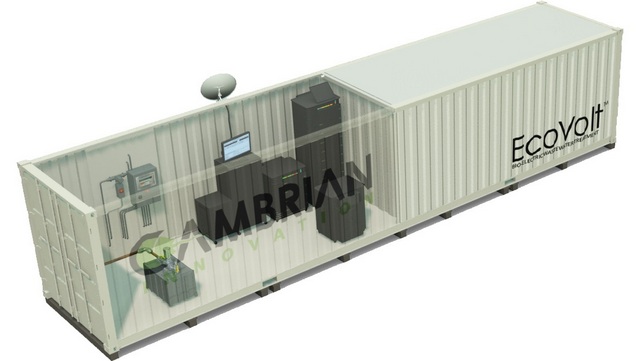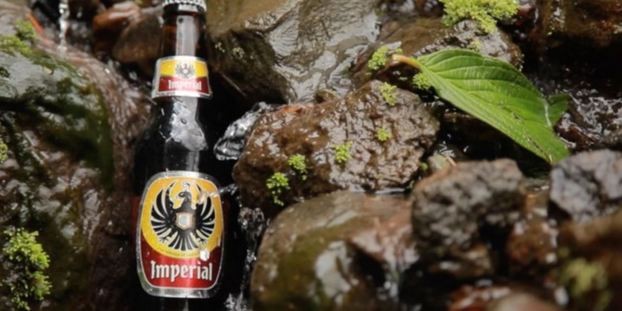The plastic in our water is one of those global, we’re-all-gonna-die Armageddon issues that pops up, makes me feel sick and then disappears again after I click on a gif of two wrestlers kicking each other in the junk. We don’t even know the full ramifications of living a life ingesting small amounts of plastic in ways we never even realized. But people, it gets worse. Plastic is coming for our beer.
A new study in the peer-reviewed journal PLOS One is showing plastic particles showed up in 12 brands of beer purchased between January and April in 2017 that used water from all of the Great Lakes — from Milwaukee, wrapping around to Buffalo, N.Y. The study also sampled tap water and salt, to understand the plastic content within a range of sources that would be consumed daily in a given region. Note that most all of the beers in the sample were pilsners.
From the abstract:
Anthropogenic debris was found in each brand of beer and salt. Of the extracted particles, over 99% were fibers. After adjusting for particles found in lab blanks for both salt and beer, the average number of particles found in beer was 4.05 particles/L with a range of 0 to 14.3 particles/L and the average number of particles found in each brand of salt was 212 particles/kg with a range of 46.7 to 806 particles/kg. Based on consumer guidelines, our results indicate the average person ingests over 5,800 particles of synthetic debris from these three sources annually, with the largest contribution coming from tap water (88%).
I didn’t understand any of that, but fuck, sounds bad. Especially considering that a person who drank one of these 12-oz beers daily would ingest on average nearly 520 particles (average in the study) to 1,800 (highest) in a year.
Key finding for brewers
Finding microplastics in a given region’s beer makes some intuitive sense if you’re also finding it in a given region’s water, but here is maybe the more concerning finding for all brewers, Great Lakes region and across the globe: The water source did not correlate to the end result of microplastics in the beer.
Even though the average number of particles found in beer (4.05 particles/L) was similar to the average number of particles found in tap water (5.45 particles/L), not even a weak correlation could be drawn when comparing the results from specific beer brands to their corresponding municipal tap water supply.
In fact, the highest and lowest counts in this study came from two beers that were brewed in the same city using the same municipal water supply. This indicates that product processing may be integral to understanding anthropogenic contamination. The brand with the highest count has breweries in several states. Interestingly, the first beer samples processed in January were a different style of beer from the same company, but they were brewed in Colorado. The data for that beer were not included in our study because it did not fulfill the requirement of having its water drawn from the Great Lakes, but the mean for that beer (15.7 particles/L) was also very high. Future research efforts could focus on a particular facility, sampling at multiple locations throughout the process, in an effort to identify the source of contaminants.
Remember, most of the beers selected for this study were pilsners. If there is a significant difference in the brewing process for various styles of beer, it may affect the outcome of the results and future research efforts could focus on understanding any potential differences in contamination among varieties.
Pore size of the filter did not play a role in either the density or the size of particles detected (> 100 μm) found in the samples. Although the average length of the particle found in tap water was the smallest (0.96 mm) it was only larger by two hundredths of a millimeter when compared to the average length of particle found in beer (0.98 mm) and approximately one tenth of a millimeter when compared to the average length of particle found in salt (1.09 mm).
One researcher explained the finding to the Milwaukee Journal Sentinel like this:
“We found no correlation between the source water and the amount of particles found in beer,” Kosuth said. “It seems to indicate, at least on a preliminary basis, that there could be something going on in the brewing process and not necessarily in the water.”
The plastics, she said, could be floating in the air. It could come from workers’ clothing. Or, she reasoned, microplastics could have been part of a beer ingredient.
In summation: We are all doomed. Hand me several of your finest plastic beers, please.






Leave a Reply
You must be logged in to post a comment.